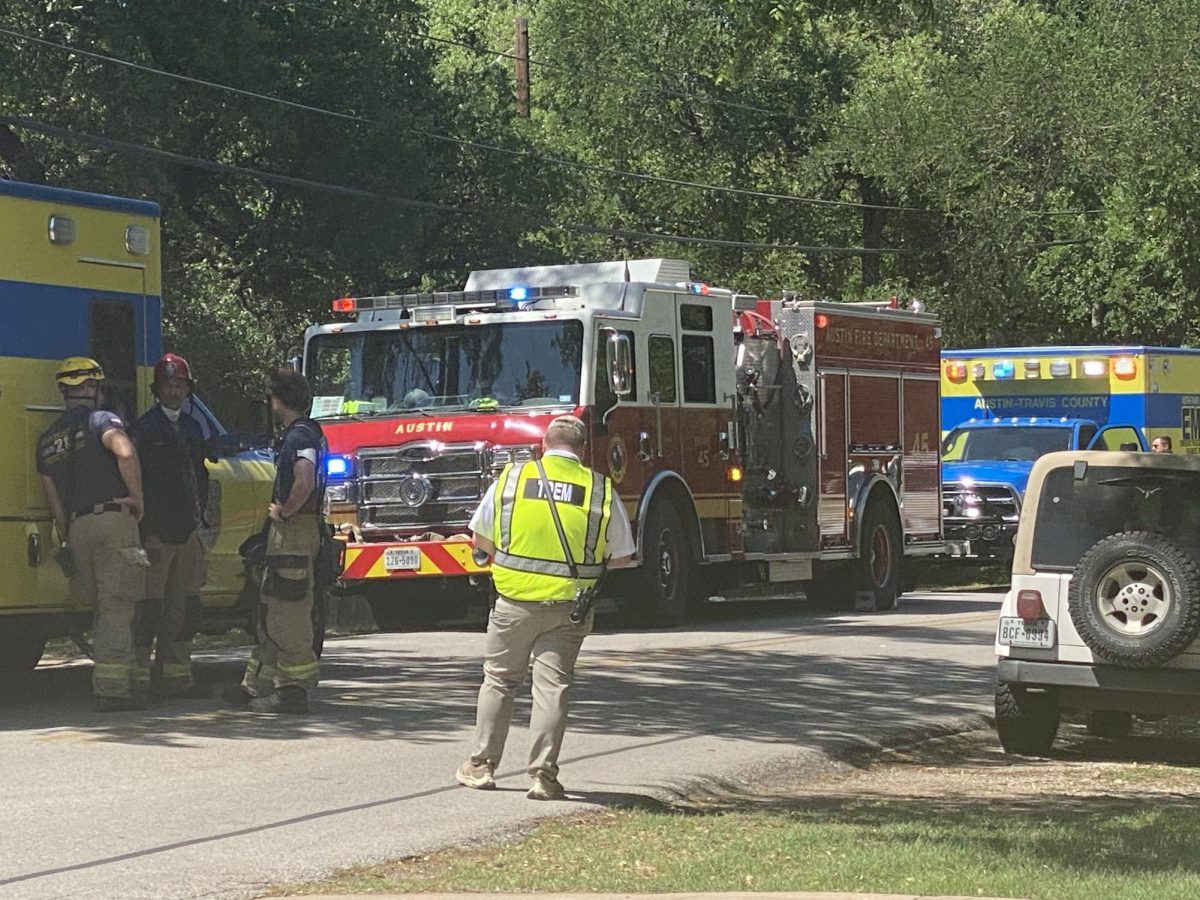In the last two months, Texas has faced the peak season for flus, lasting from around late October to May. Around 26 Texans have died recently due to having the flu, and about 175 have been hospitalized so far.
Primarily, Texans have had H1N1, otherwise known as swine flu. In 2009, a pandemic of the H1N1 virus swept the world, which caused widespread panic and school closures; however, the virus is now known as a seasonal flu strain, despite still being very deadly. The H1N1 virus spreads easily through large respiratory droplets from sneezing or coughing, and both young and old alike are susceptible.
Common traits of H1N1 include high fever with sweats and/or chills, persistent coughing, lymph node swelling, sore throat, severe nasal and chest congestion, muscle aches, nausea and vomiting, digestive upset and severe abdominal pain. Most recover in one to two weeks, but the virus may transpire into something worse, such as pneumonia or bronchitis.
The best ways to prevent getting the flu virus and to prevent it from spreading are to thoroughly wash your hands, get a vaccination each year, cover your coughs and sneezes, and stay home if you’re sick. People can get flu shots at their local Walgreens and CVS.
Pros of Getting a Flu Shot:
-
Your risk of getting the flu is now reduced by 80%.
-
Experts say that both seasonal flu shots and H1N1 shots are perfectly safe.
Cons:
-
You still have a 20% chance of getting the seasonal flu.
-
You might experience redness or swelling in your arm.
[polldaddy poll=7712124]







